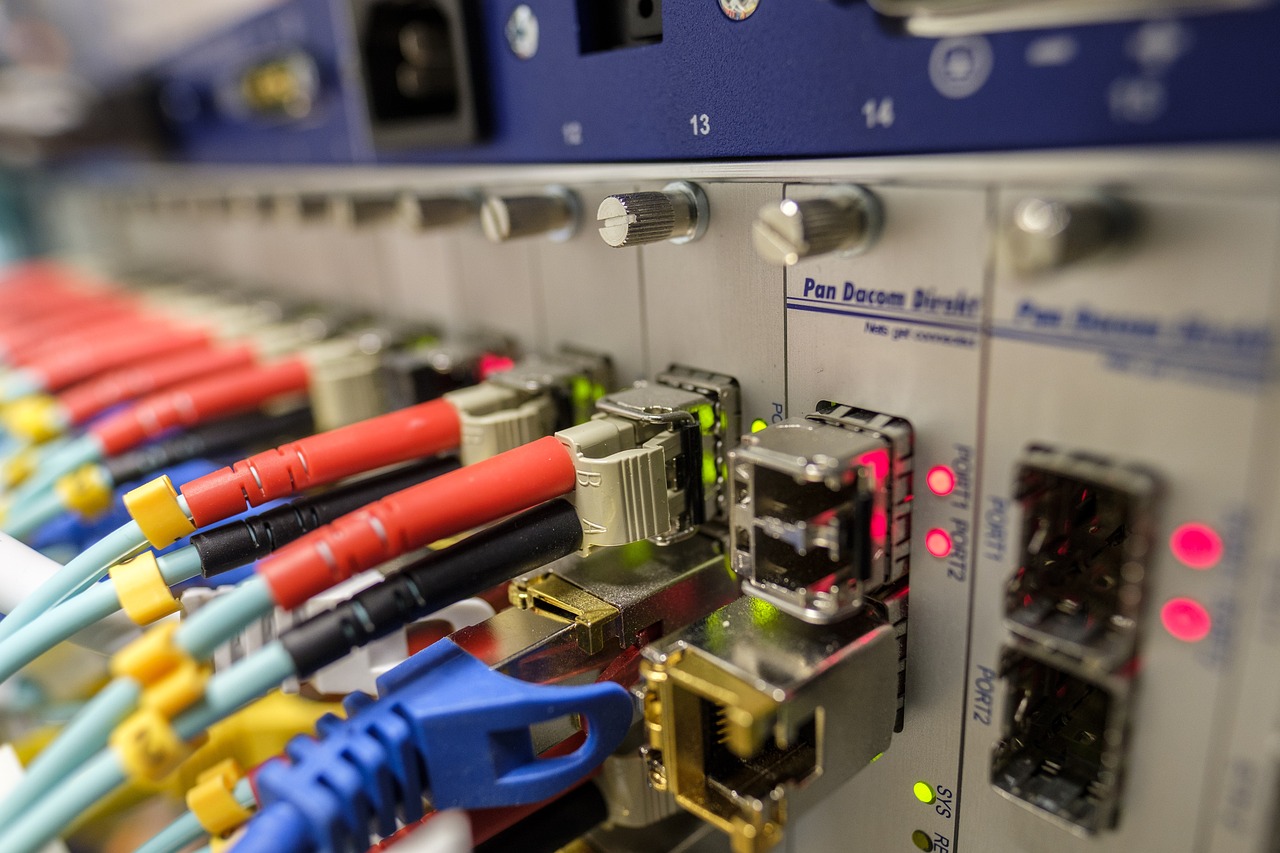The world of Linux is filled with choices, and one of the biggest decisions a user has to make is selecting the right file system. Two of the most popular options are Btrfs and Ext4. While both are widely used, they are different in many ways, making one a better choice over the other depending on the situation.
Btrfs, which stands for B-tree file system, is a modern file system that was introduced in 2007 with the goal of improving the robustness, scalability, and feature set of Linux file systems. One of the standout features of Btrfs is its ability to handle storage pooling and snapshots, which makes it a great choice for enterprise-level storage systems. Btrfs also supports advanced features like checksums, data compression, and multiple device support, making it a more versatile file system than Ext4.
On the other hand, Ext4 is the fourth iteration of the widely-used Ext file system and is considered a mature and stable file system. It has been widely adopted due to its performance, reliability, and backwards compatibility with older versions of the Ext file system. Ext4 has a simpler design compared to Btrfs, making it easier to understand and maintain. It also has a much smaller codebase, which makes it a more streamlined and efficient file system.
Table of Contents
How to choose?
When it comes to choosing between Btrfs and Ext4, it largely comes down to what the user needs. For those looking for a more versatile and feature-rich file system, Btrfs is the way to go. However, if you’re looking for a more straightforward and efficient file system that can handle a wide range of use cases, Ext4 is a better choice.
In conclusion, both Btrfs and Ext4 are widely used file systems with their own strengths and weaknesses. The choice between the two ultimately depends on the specific needs and requirements of the user. Whether you’re a seasoned Linux administrator or a new user, understanding the differences between these two file systems will help you make a more informed decision when selecting a file system for your system.
What Is Quantum Computing? A Complete Guide to the Future of Technology
In the rapidly evolving world of technology, quantum computing stands out as one of the most revolut…
Edge Computing: The Future of Data Processing and Connectivity
In today’s digital landscape, the rapid growth of connected devices, IoT (Internet of Things), and r…
The Fastest Commercial Broadband for Personal Use in 2025
Why Broadband Speed Still Matters in 2025 Despite the rise of 5G, Wi-Fi 7, and satellite-based conne…


